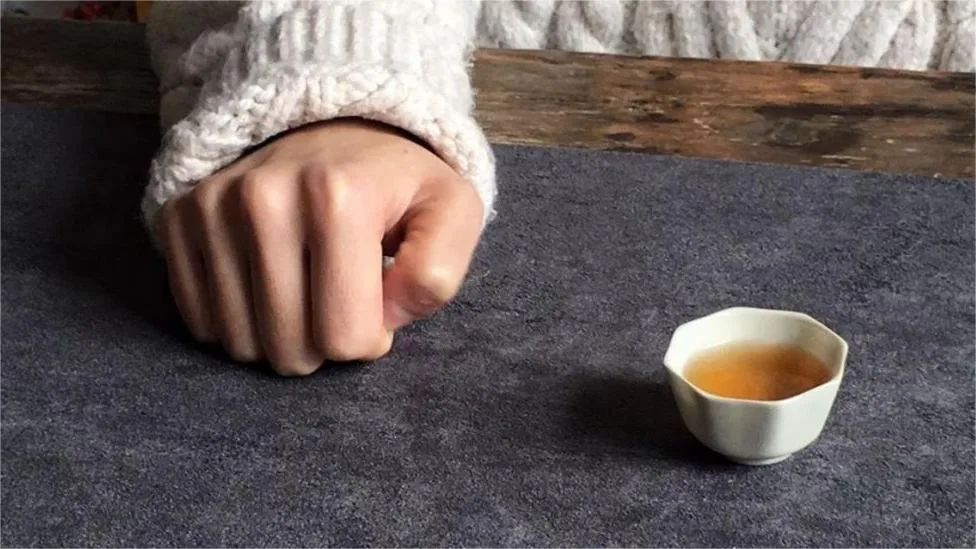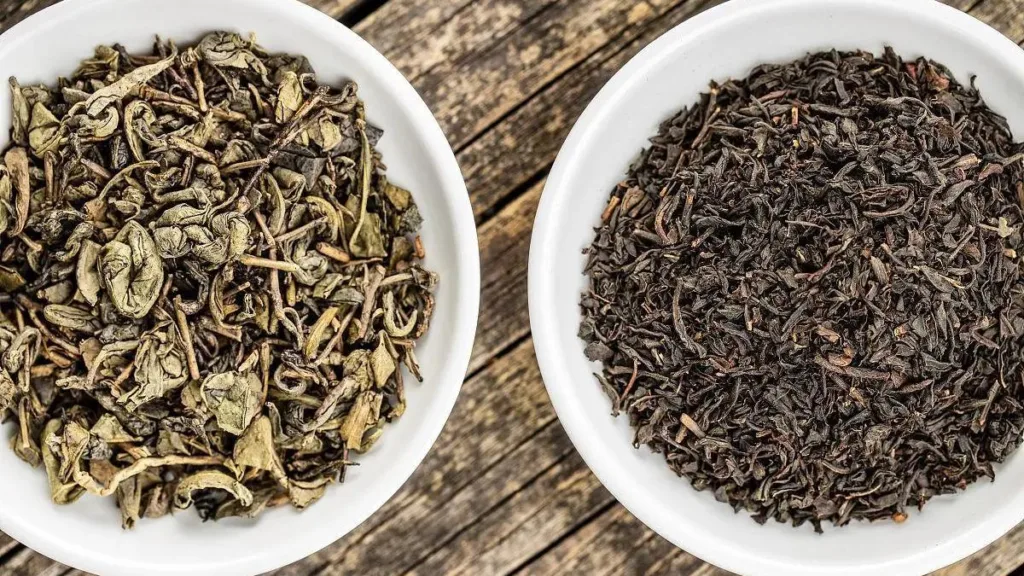Tea pouring in Chinese culture is an art that extends beyond the mere act of serving a beverage. It is steeped in tradition and carries significant symbolic meaning, particularly when it comes to the number of taps performed during the process. The number of taps varies based on the relationship between the individuals involved—whether they are elders and juniors, peers, or a mix of both.
Junior to Senior:

When a junior individual is pouring tea for a senior, a specific ceremonial gesture known as the “kowtow finger salute” is observed. The junior, as a sign of respect, performs this salute while the senior pours tea. This involves using all five fingers in a fist, with the fist’s center facing downwards. The five fingers simultaneously tap the table, akin to the act of kowtowing, which is a deep bow involving the forehead touching the ground. In the context of pouring tea, this tapping is done three times, symbolizing a triple bow.
Among Peers:

When individuals are of the same generation or age group, the formality of the tea pouring ceremony is less pronounced but still present. The person receiving the tea performs a simplified version of the kowtow finger salute. Using the index and middle fingers together, they tap the table, reminiscent of a slight bow or nod. In this case, the tapping is also done three times.
Senior to Junior:

Conversely, when a senior individual is pouring tea for a junior, a similar finger tapping ritual is observed. The senior expresses gratitude by tapping the table once with either the index or middle finger, resembling a nod of appreciation. If the senior wishes to convey a higher level of admiration or appreciation, they may tap the table three times.
The origin of the finger-tapping ritual dates back to the Qing Dynasty during the reign of Emperor Qianlong. Legend has it that during a disguised visit to a teahouse, the emperor was impressed by the skillful tea pouring of the waitstaff. When he attempted to pour tea for his officials, they, aware of the emperor’s presence and unable to kneel, substituted the traditional kowtow with finger tapping on the table.
The symbolic nature of the taps has since become an integral part of Chinese tea culture, representing respect, gratitude, and appreciation. The number of taps reflects the level of formality and the depth of sentiment between the individuals involved. In essence, each tap resonates with the rich history and tradition of Chinese tea ceremonies, creating a harmonious blend of social etiquette and cultural significance.



